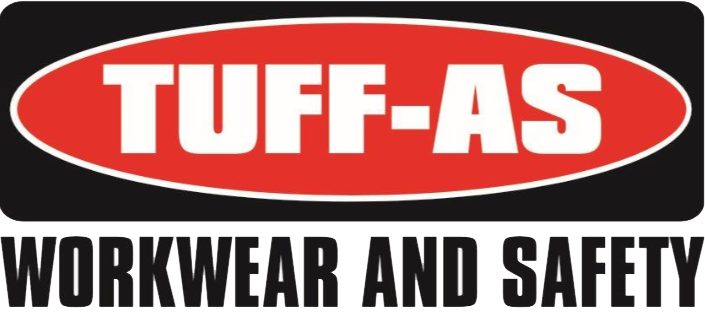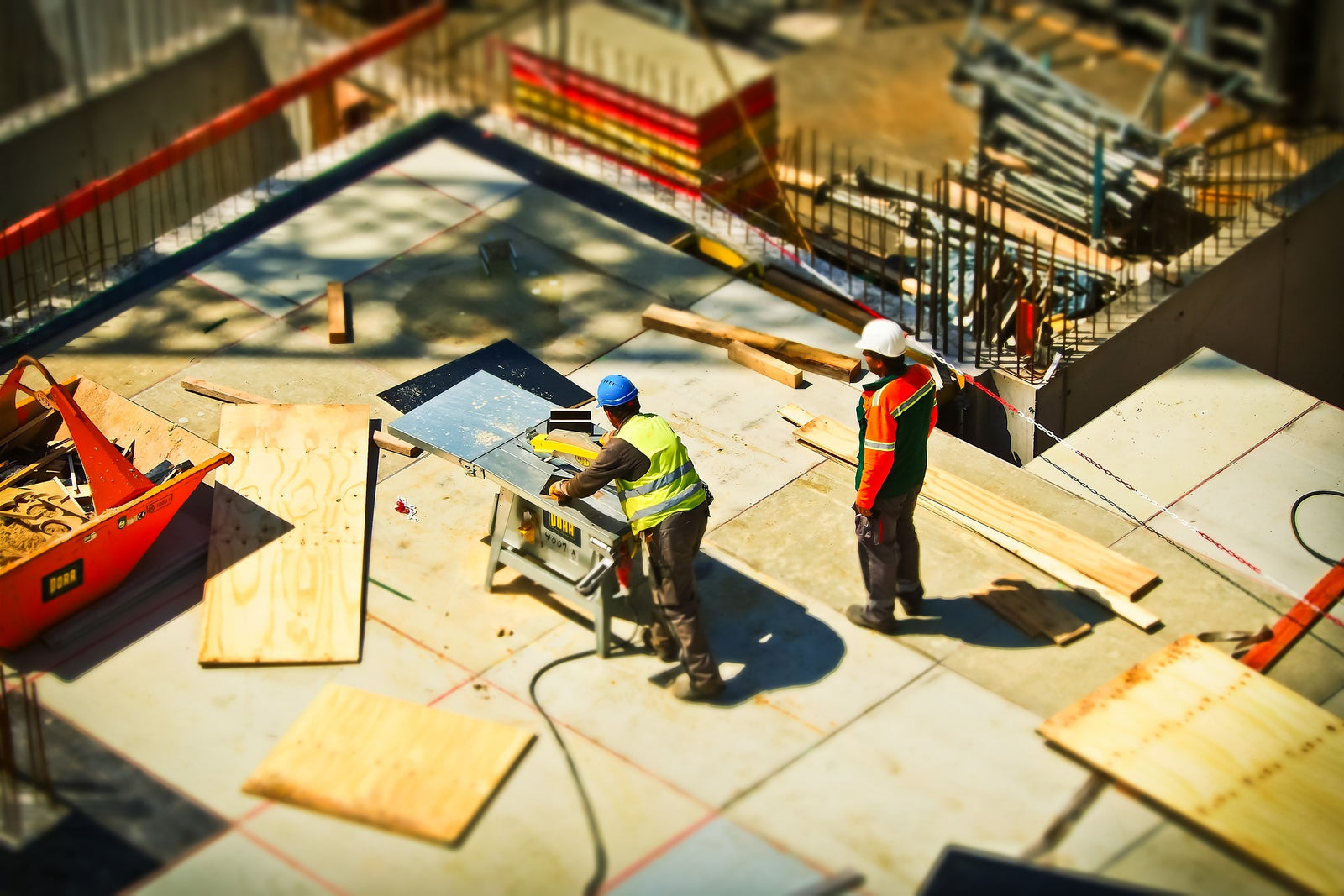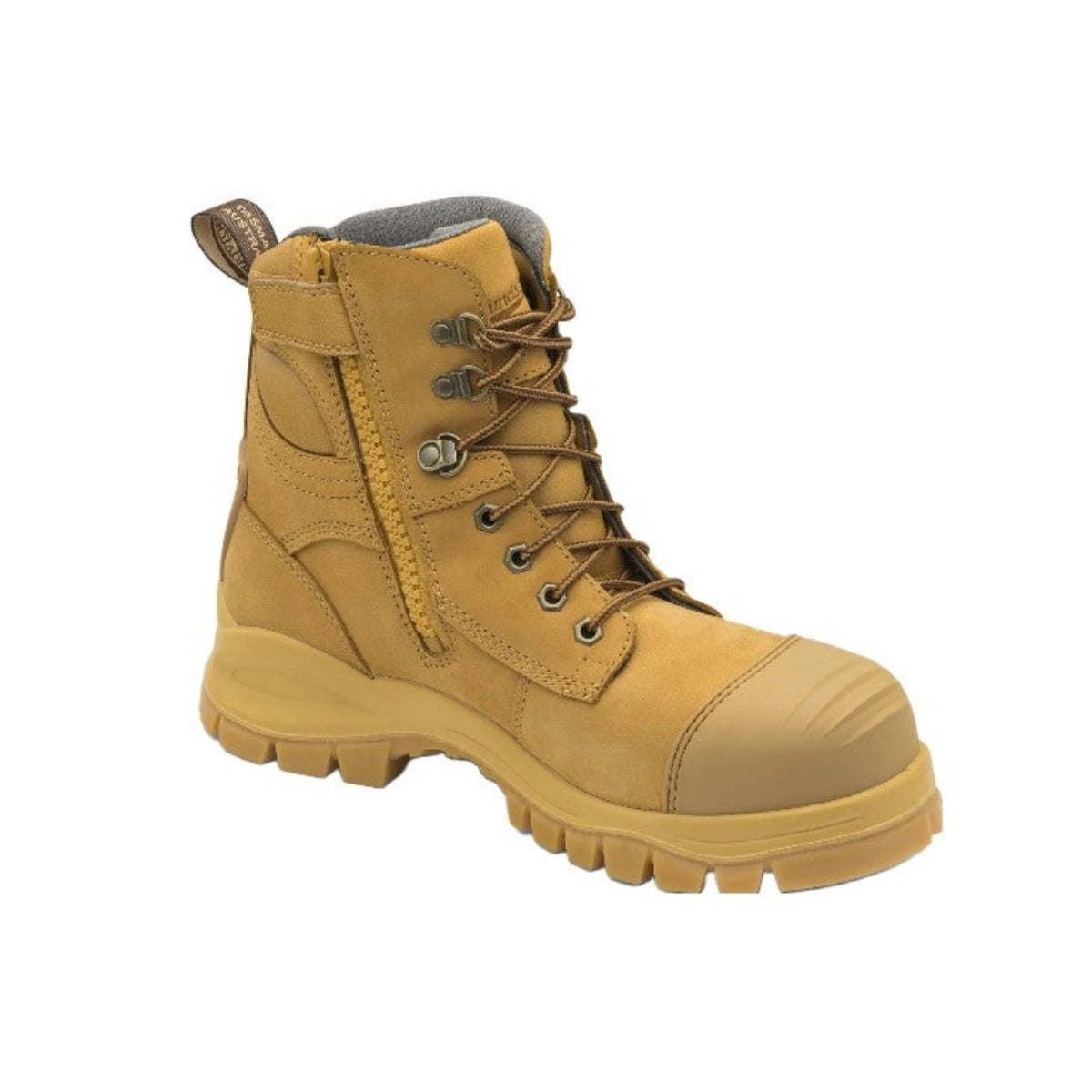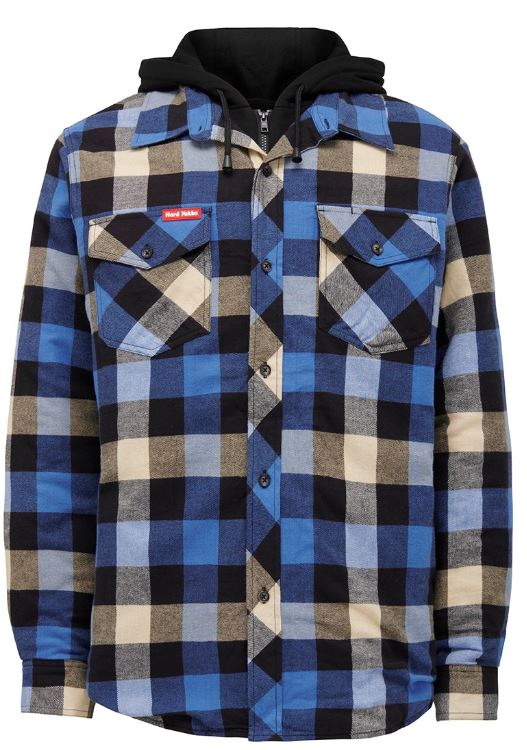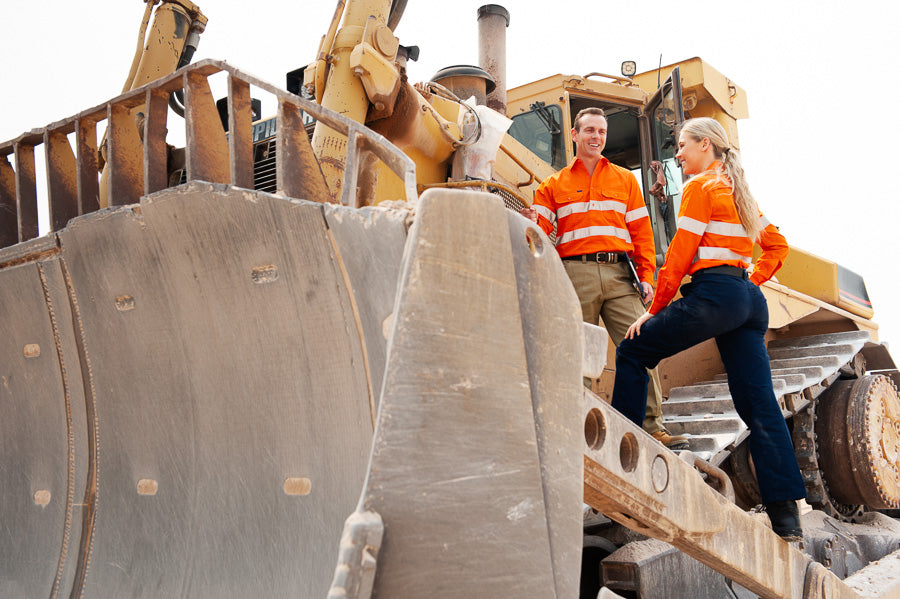When it comes to experiencing workplace injuries and accidents, tradespeople and construction workers are at high risk. According to the Australian Bureau of Statistics (ABS), the most common industry where men had experienced a work-related injury or illness in the last 12 months was construction (17%). Due to the hazardous and intensive nature of this type of work, this statistic doesn’t come as a surprise. However, this doesn’t mean that these injuries or accidents should be considered ‘part of the job’.
There are a number of things you can do as a construction and trades worker to help protect yourself from injuries and accidents. At Tuff-As, we know that high quality workwear can make a huge difference in how you feel and perform at work. It can also help protect you from and reduce your risk of injury and/or accident. In this blog article, we explain some of the most common workplace injuries and accidents, and how you can mitigate these risks with workwear.
Common workplace injuries & accidents
Accidents do happen, but more often than not, common workplace injuries can be prevented by basic safety measures and the use of Personal Protective Equipment (PPE). Work Safe Australia defines PPE as ‘anything a worker uses or wears to keep them healthy and safe.’ Workwear is an essential part of PPE as it helps to keep you well protected on the job and reduce the risk of possible hazards. Here are some of the common injuries and accidents which occur in workplaces, and how you can prevent them with PPE.
Slipping and falling
The ABS reported that a ‘fall on the same level (including a slip or fall)’ accounted for 17% of all work-related injuries in 2021-22. These slips or falls can result in a range of injuries such as cuts, bruises, fractures, dislocations, and occasionally even death. Aside from environmental factors, poor footwear can be a significant cause of these incidents. When choosing your workplace footwear, look for work boots with slip-resistant soles which have been SRC tested. SRC testing means the boots have been tested on both ceramic tiles with a soapy solution and oil on a metal or steel floor.
Muscle strain
Muscle strain is a workplace injury which can be ignored or dismissed at first, but can quickly spiral into a big problem. Whether it’s caused by lifting something too heavy, overworking or any other reason, it’s important to report the injury immediately. Muscle strain also includes eye strain. Whilst this tends to be an issue more common in office work, it’s important to wear the proper eye protection (including sunglasses) and take regular breaks to rest your eyes if driving long distances.
Toxic inhalation
Whether it’s dust, smoke, gases or any other toxic fumes, working in the trades and construction sector can expose you to a range of harmful vapours. Maintaining healthy respiration is vital, especially when working with potentially hazardous materials like asbestos or in high risk environments such as construction sites. To reduce your risk of inhaling dust and other small particles, a fitted face mask with an appropriate valve (meeting Australian standards for filters) is highly recommended.
Industrial deafness
The importance of protecting your hearing on-site or in your workplace should never be undermined. Continuous exposure to hazardous noise and vibrations can lead to irreversible damage to your hearing and even industrial deafness. Damage to your hearing can be caused by sudden noise like an explosion on site, or continuous ongoing noise such as industrial machinery. Hearing protection is more than putting on some headphones, you need to use proper Worksafe compliant hearing protection like protective ear muffs to adequately protect yourself.
Cuts and burns
If you are handling dangerous materials, you may run the risk of being cut or burnt in the workplace. Wearing protective gloves which are cut or heat resistant can dramatically reduce your risk of cuts or burns on your hands without compromising your comfort and dexterity. Wearing long pants and shirts can also help to protect your skin from more surface level injuries like scrapes, minor cuts and burns
Hit by object or vehicle
Onsite, you may be working in adverse conditions with poor visibility. This increases your risk of being hit by an object or vehicle while working on the job. Aside from clear communication and other safety measures, wearing high visibility clothing is incredibly important in reducing your risk of being injured. Ensure that your hi-vis clothing is manufactured to Australian Workwear Standards, and has multiple reflective and highly visible materials as well as having a range of items for extreme hot, cold and rain weather conditions. You can also protect your head from falling objects by wearing a hard hat.
Electric shock
If you are working in construction or any electrical materials, you are well-aware of the risk of electric shock. As you may be working in unfamiliar or particularly hazardous work environments, you aren’t always able to mitigate all the potential risks of electric shock. However, by using the SafeWork New South Wales suggested protocols and protective equipment you can reduce the harm caused by electrical shock. Use safety workwear boots that are electrical hazard resistant and are approved by Australian Standards
Prolonged standing
Unlike some of the other common injuries or accidents, prolonged standing tends to become an issue after an extended period of time. Poor posture and uncomfortable work boots may lead to fatigue and serious back pain. Choose work boots which offer adequate arch and ankle support, as well as comfortable insoles.
Learn more about safe workwear
You can learn more about keeping yourself safe on the job by getting in touch with the Tuff-As team! We can provide you with a custom workwear quote or simply advise on the basics of PPE in the workplace. To find more protective workwear products, visit our safety gear collection page.
